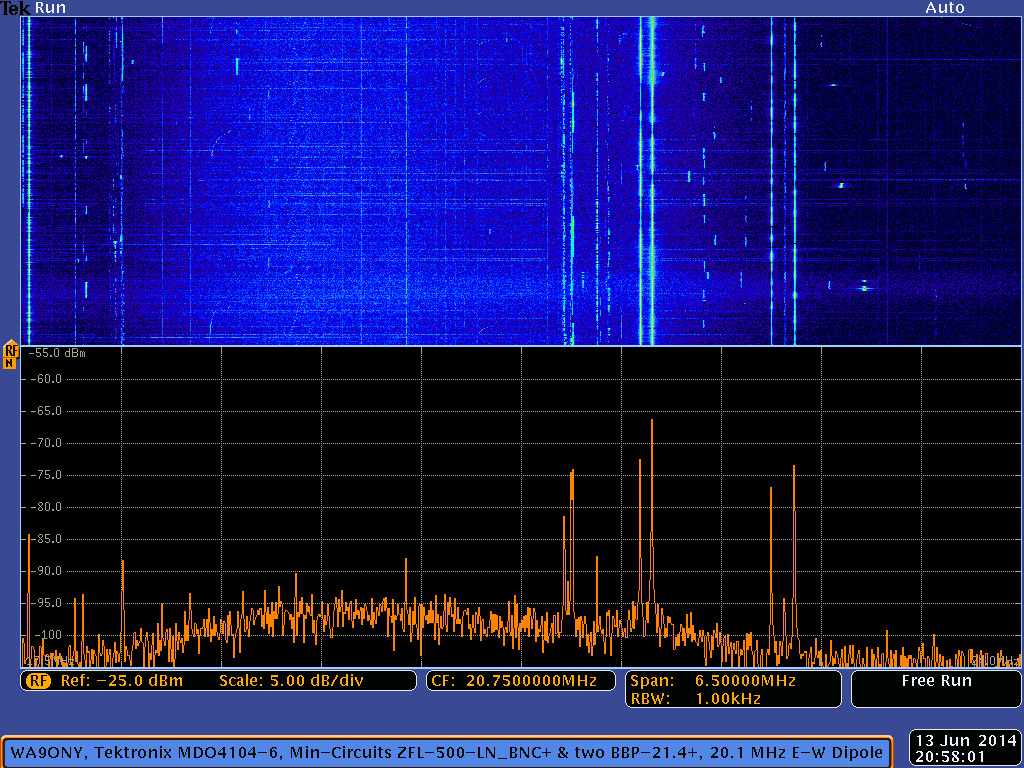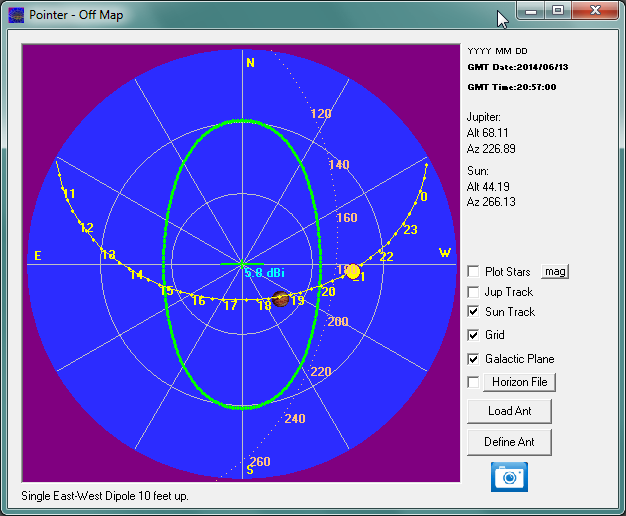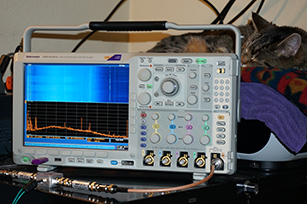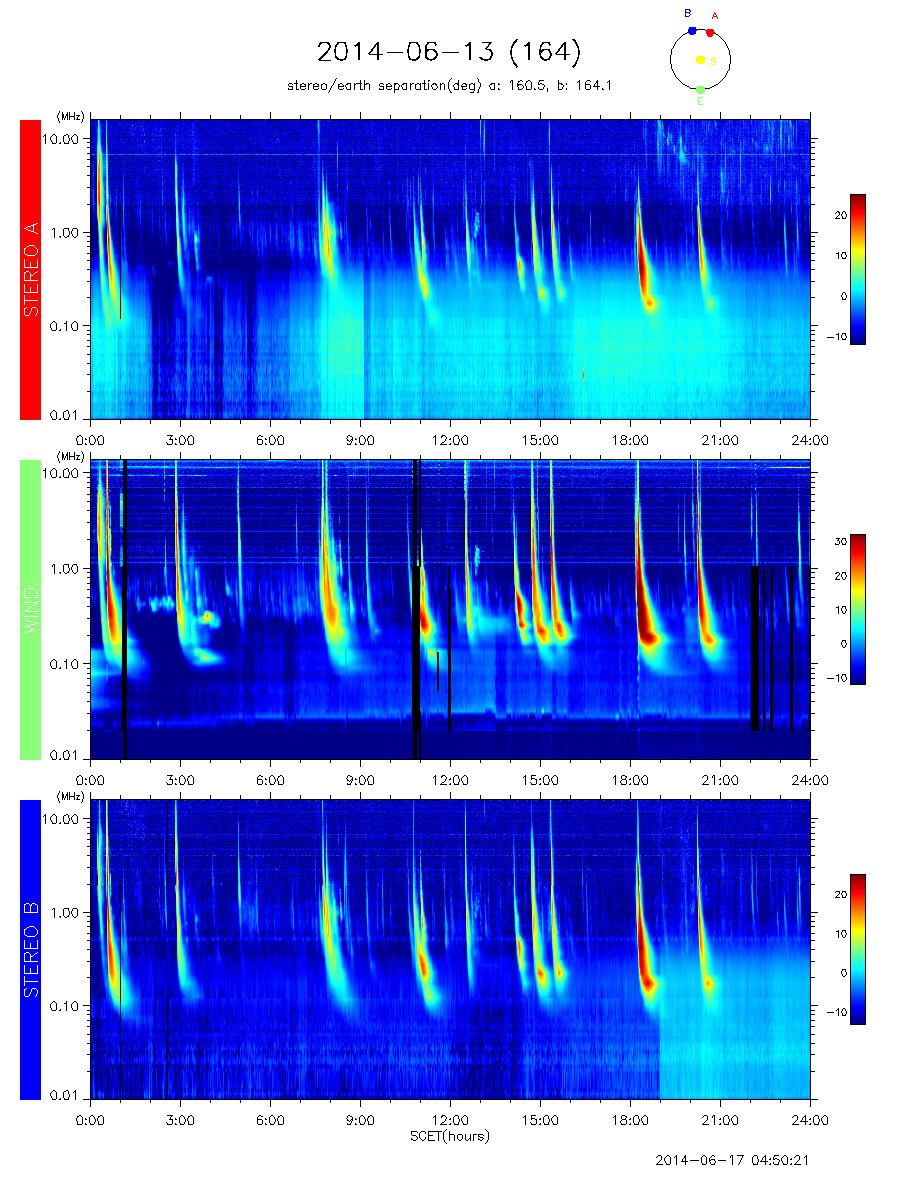gt:Product: 20140613events.txt
:Created: 2014 Jun 14 1802 UT
:Date: 2014 06 13
# Prepared by the U.S. Dept. of Commerce, NOAA, Space Weather Prediction Center
# Please send comments and suggestions to SWPC.Webmaster@noaa.gov
#
# Missing data: ////
# Updated every 30 minutes.
# Edited Events for 2014 Jun 13
#
#Event Begin Max End Obs Q Type Loc/Frq Particulars Reg#
#-------------------------------------------------------------------------------
4120 2055 2101 2109 G15 5 XRA 1-8A C4.1 2.7E-03 2087
4120 2058 2058 2110 HOL 2 FLA S19E38 SF ERU 2087
Obs - The reporting observatory.
CUL - Culgoora, Australia
HOL - Holloman AFB, NM, USA LEA - Learmonth, Australia
PAL - Palahua, HI, USA RAM - Ramey AFB, PR, USA
SAG - Sagamore Hill, MA, USA SVI - San Vito, Italy
Q - Quality
For radio bursts at fixed and sweep frequencies, and for storms, this
shows the quality of the data
C = Corrected report
G = Good
U = Uncertain
For optical flares, this shows the quality of observing conditions,
from 1 to 5, where: 1 = very poor and 5 = excellent
X-ray events and SXI flare have a quality of 5 (meaning excellent).
Type - Type of report, see http://www.swpc.noaa.gov/info/glossary.html
BSL = Bright surge on the limb
DSF = Filament disappearance
EPL = Eruptive prominence on the limb
FIL = Filament
FLA = Optical flare observed in H-alpha
FOR = Forbush decrease (cosmic ray decrease))
GLE = Ground-level event (cosmic ray increase)
LPS = Loop prominence system
PCA = Polar cap absorption
RBR = Fixed-frequency radio burst
RNS = Radio Noise Storm
RSP = Sweep-frequency radio burst
SPY = Spray
XFL = SXI X-ray flare from GOES Solar X-ray Imager (SXI)
XRA = X-ray event from SWPC's Primary or Secondary GOES spacecraft
RSP:
Type/Intensity
Type II: Slow drift burst
Type III: Fast drift burst
Type IV: Broadband smooth continuum burst
Type V: Brief continuum burst, generally associated with Type III bursts
Type VI: Series of Type III bursts over a period of 10 minutes or more,
with no period longer than 30 minutes without activity
Type VII: Series of Type III and Type V bursts over a period of 10 minutes
or more, with no period longer than 30 minutes without activity
Type CTM: Broadband, long-lived, dekametric continuum
Intensity is a relative scale 1=Minor, 2=Significant, 3=Major
|
![]()
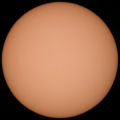
![]()

